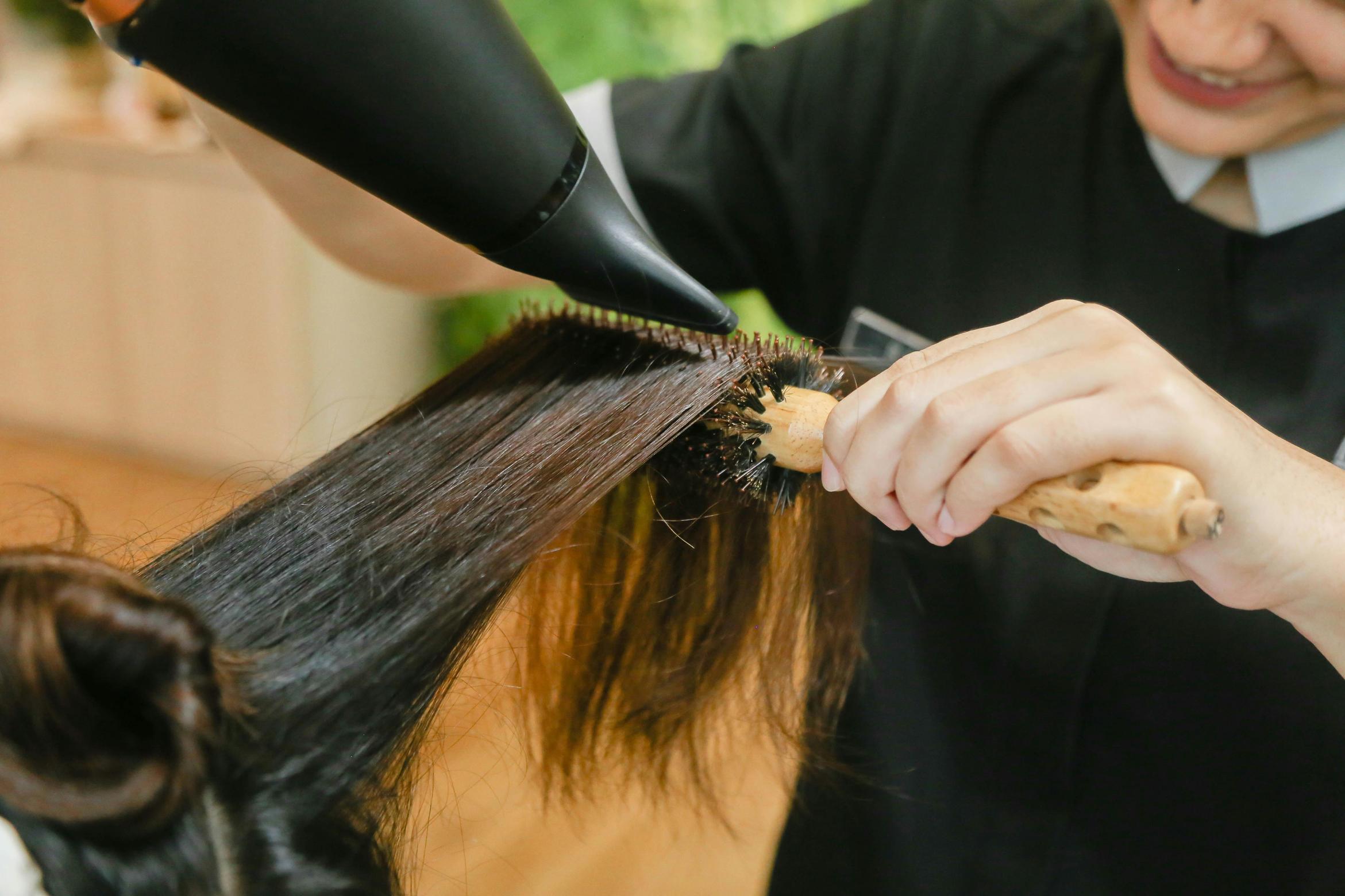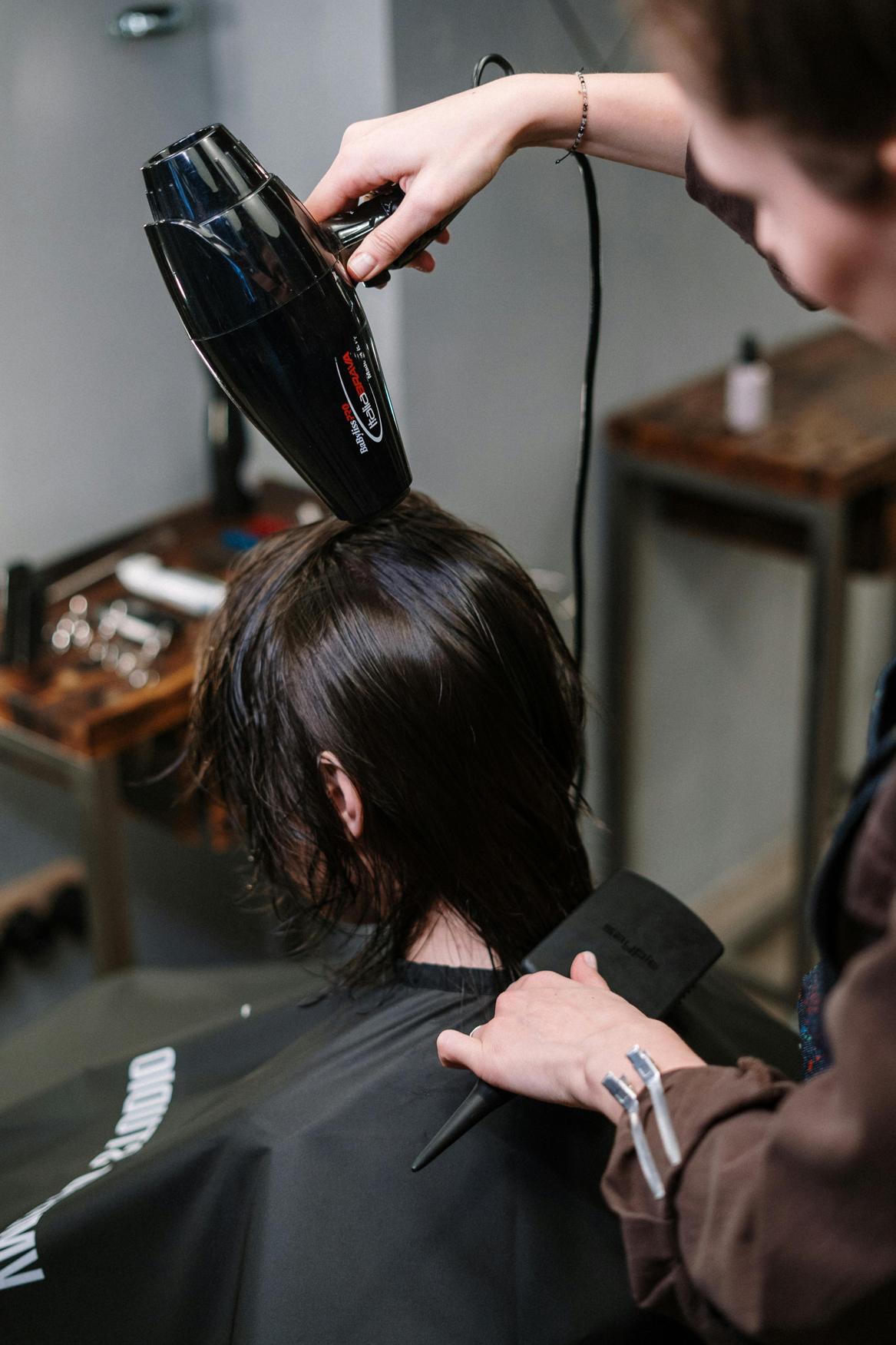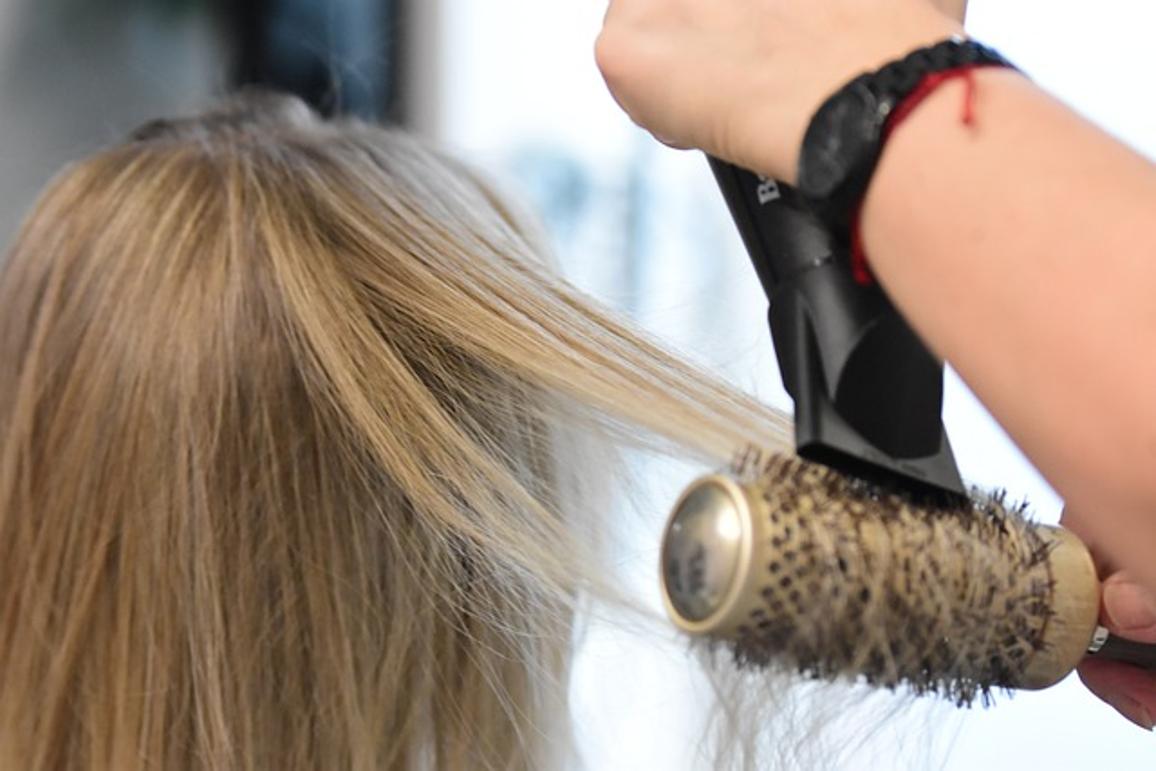Does Drying Your Hair With a Hair Dryer Damage It?
Introduction
The debate about using hair dryers and their potential to cause hair damage has been ongoing for years. Some argue that the convenience of hair dryers outweighs any possible damage, while others emphasize the risks of heat exposure. Understanding the effects of hair drying methods is crucial for maintaining healthy hair. In this blog, we’ll explore whether drying your hair with a hair dryer causes damage, diving into the science behind hair dryers, potential effects, and preventive measures. By the end, you’ll have a well-rounded perspective on hair dryers and hair health to make an informed decision.

Understanding Hair Damage
Hair damage typically refers to the deterioration of the hair shaft’s structure, which affects its appearance, texture, and manageability. The hair shaft consists of three layers: the cuticle, cortex, and medulla. The cuticle, the outermost layer, protects the hair, while the cortex contains proteins and pigment that give hair its strength and color. Damage usually occurs when the cuticle layer is compromised, leading to issues like split ends, dryness, and breakage.
Several factors contribute to hair damage, including chemical treatments, environmental exposure, mechanical stress, and heat. Heat styling tools, such as hair dryers, curlers, and straighteners, are among the most common culprits. High temperatures can cause the cuticle to lift, exposing the cortex and leading to moisture loss, weakened hair structure, and increased susceptibility to damage.
To understand the role of hair dryers in this context, it’s essential to delve into their mechanics and how they interact with hair.
How Hair Dryers Work
Hair dryers function by blowing hot air over the hair, speeding up the evaporation of water. They typically have two primary components: a motor-driven fan and a heating element. When the dryer is turned on, the fan draws in air and passes it over the heating element, which warms it before expelling it through the nozzle. The combination of airflow and heat accelerates the drying process compared to air drying.
Hair dryers come with various settings for heat and airflow, allowing users to control the drying intensity. Modern hair dryers also feature different technologies, such as ionic and ceramic, designed to reduce heat damage and enhance hair smoothness. Understanding these technologies can help users choose the best hair dryer for their hair type and minimize potential damage.
Immediate Effects of Using a Hair Dryer
Using a hair dryer can have immediate effects on both the hair’s appearance and its health. One of the primary benefits is the speed at which hair dries, offering a quick and convenient solution for individuals with busy schedules. Properly dried hair can look shinier and more voluminous than air-dried hair, as the warm air helps seal the cuticle, reflecting light more efficiently.
However, the immediate downsides often outweigh these benefits. High heat can strip the hair of its natural moisture, leading to dryness and frizz. The mechanical action of brushing or combing the hair while drying can exacerbate these effects, causing split ends and breakage. Moreover, using incorrect settings or applying the dryer too close to the hair can intensify these adverse outcomes.
Understanding these immediate repercussions can help users implement strategies to minimize damage while enjoying the convenience of hair dryers.

Long-Term Consequences of Heat Exposure
The long-term consequences of habitual hair-dryer use can manifest in various ways, affecting overall hair health. Repeated exposure to heat can gradually weaken the hair shaft, making it more prone to breakage and split ends. Over time, hair may become coarse, dull, and unmanageable.
Prolonged heat exposure can also lead to chronic dryness and frizz, as the natural oils produced by the scalp can be depleted faster than they are replenished. Color-treated hair is particularly susceptible to long-term heat damage, as the hair dye process already compromises the structural integrity of the hair shaft. Consistent heat styling can further degrade dyed hair, causing color to fade more quickly and reducing its vibrancy.
These long-term impacts highlight the importance of mindful and occasional use of heat styling tools, including hair dryers.
Factors Influencing Hair Damage
Types of Hair Dryers and Technology
Not all hair dryers are created equal. Basic models generally lack advanced features, relying solely on high heat and intense airflow to dry hair. In contrast, modern hair dryers incorporate technologies designed to minimize damage. Ionic hair dryers emit negatively charged ions that break down water molecules, allowing for faster drying and reduced frizz. Ceramic hair dryers use ceramic elements that distribute heat more evenly and maintain a consistent temperature, reducing the risk of hot spots. Tourmaline hair dryers combine the benefits of ionic and ceramic technologies, offering a gentler drying experience.
Hair Type and Porosity
Hair type and porosity play significant roles in determining how heat impacts individual strands. Fine hair tends to be more delicate and can suffer more from high temperatures. Conversely, thick or coarse hair may tolerate heat better but can still experience significant damage if overexposed. Porosity, which refers to how well hair absorbs and retains moisture, also influences heat sensitivity. High-porosity hair, often due to chemical treatments or existing damage, absorbs moisture quickly but loses it just as fast, making it more vulnerable to heat damage.
Frequency of Use
The frequency with which a hair dryer is used directly impacts the hair’s health. Daily use, particularly without protective measures, can lead to cumulative damage over time. On the other hand, occasional use with appropriate precautions is less likely to cause significant harm. Understanding the balance between convenience and hair health is crucial for developing a hair care routine that minimizes damage.
Preventive Measures and Best Practices
Proper Hair Drying Techniques
Adopting proper hair drying techniques can significantly reduce the risk of damage. Here are some tips:
1. Towel dry hair: Before using a hair dryer, pat your hair dry with a towel to remove excess water, reducing the drying time.
2. Low heat setting: Use the lowest heat setting that effectively dries your hair to minimize exposure.
3. Maintain distance: Hold the dryer at least six inches away from your hair to prevent direct heat damage.
4. Use nozzle attachments: These help concentrate airflow and avoid overheating specific sections.
5. Dry in sections: Divide your hair into sections and dry each one separately for more even heat distribution and less overall damage.
Using Heat Protectant Products
Heat protectant products are essential in safeguarding hair from the adverse effects of heat styling. These products create a barrier on the hair shaft, reducing moisture loss and helping to maintain the cuticle’s integrity. Look for sprays, serums, or creams that specifically mention heat protection, and apply them evenly before using a hair dryer. Regular use of heat protectants can make a noticeable difference in the health and appearance of your hair.
Alternative Drying Methods
For those concerned about heat damage, alternative drying methods can offer gentler options. Air drying is the most straightforward and least damaging method:
1. Blot excess water: Use a microfiber towel to gently blot your hair, speeding up the drying process without friction damage.
2. Use a fan: Positioning a fan near your drying area can help accelerate air drying without direct heat.
3. Cool setting: Many hair dryers have a cool setting that can be used to dry hair without heat, though it may take longer than the warm settings.
Expert Opinions and Recommendations
Hair care experts generally agree that moderation is crucial when it comes to using hair dryers. Dermatologists and stylists recommend minimizing the use of high-heat settings and emphasizing the importance of proper techniques and protective products. Dr. Jane Smith, a renowned dermatologist, advises, ‘It’s essential to understand your hair type and choose a hair dryer and heat setting that minimizes damage. Always use a heat protectant and consider air drying when possible.’ Similarly, stylist John Doe emphasizes the importance of investing in quality tools, stating, ‘Spending a bit more on a good hair dryer with advanced technology can save your hair in the long run. The benefits of ionic and ceramic technologies are clear when it comes to reducing damage.’

Conclusion
In conclusion, the question ‘Does drying your hair with a hair dryer damage it?’ does not have a straightforward answer. While hair dryers can cause immediate and long-term damage, adopting proper techniques, using heat protectants, and choosing the right tools can significantly mitigate these risks. Understanding your hair type, controlling the frequency of heat exposure, and exploring alternative drying methods can help maintain healthy hair despite regular use of a hair dryer. By implementing these best practices, you can enjoy the convenient benefits of hair dryers without compromising your hair’s health.
Frequently Asked Questions
Can using a hair dryer really be worse than air drying?
Yes, especially if not done correctly, using high heat can cause more immediate and long-term damage compared to air drying.
How often should you use a hair dryer to avoid damage?
Limit usage to a few times a week and always use protective measures to minimize heat exposure.
What are the best products to use before drying your hair?
Heat protectant sprays, serums, and creams are essential for protecting hair from the adverse effects of heat.
